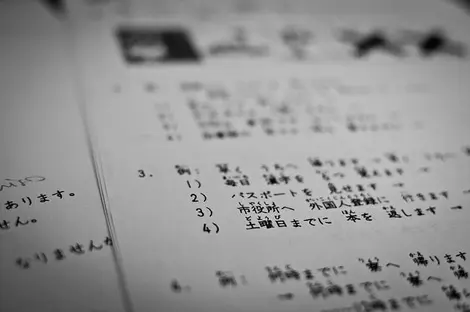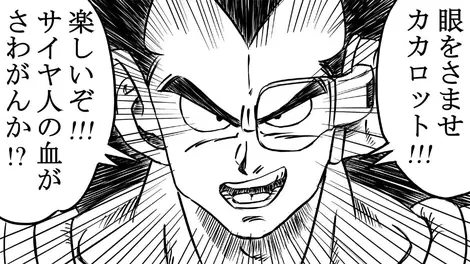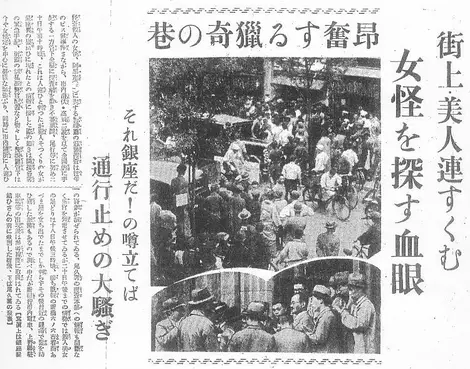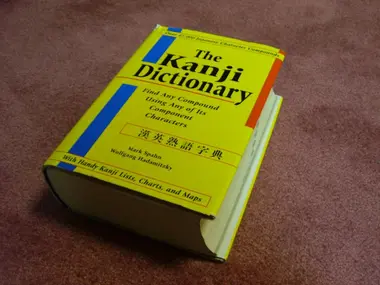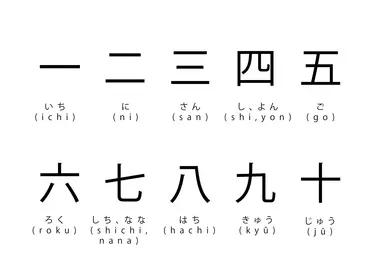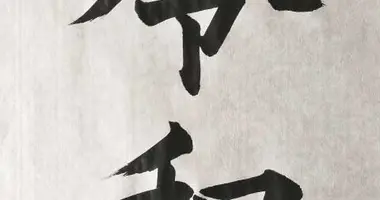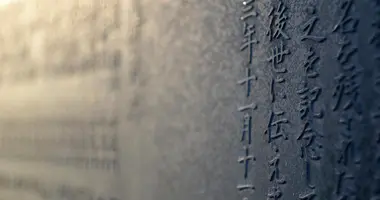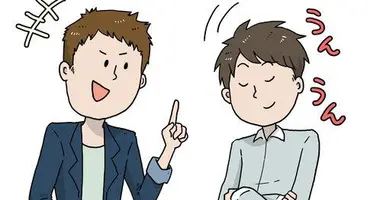15 Interesting Facts About the Japanese Language
Amazing Japanese
Japanese is a fascinating language for a Westerner, made up of multiple ideograms, many homophones and a grammar far very different from other languages. Discover many curiosities that will charm lovers of Japan!
1 / Japanese is what linguists call an "isolate", which means that there is in which to integrate it. For example, the French language is a Romance language, which belongs to the Indo-European language family. Japanese and Korean have some similarities, but no relationship has yet been proven.
2 / There is no definite or indefinite article in Japanese. The word "a" or "the" does not exist in the language. You need to know the context to be able to understand if it is singular or plural.
3 / There are four alphabets in Japanese. First, there were the Chinese characters or kanji, which were introduced between 4th and the 6th century via Korea. Hiragana is used to write particular grammatical particles and verb endings, and katakana is used for foreign words. Finally, romaji, or the Roman alphabet, is also used in Japan.
4 / You have to know more than 2000 kanji to be able to read any newspaper! The Japanese government maintains an official list of kanji necessary for reading a newspaper or administrative papers called joyo kanji, or "kanji for common use". This is the minimum number of kanji that any student in the country must know by the end of high school.
5 / A kanji can have more than ten possible readings! A kanji traditionally has two readings, the on-yomi meanings known as "Chinese reading", and the kun-yomi reading known as "Japanese reading". If one usually only has two or even three on-yomi readings, the number of kun-yomi readings can quickly increase. The kanji 生 (which means "life, birth, authentic, raw") has, in addition to its two on-yomi readings, about ten kun-yomi readings!
11 / The figures in Japanese are followed by a counter specific to the type of object being counted. So if we refer to 2 books, we write 二冊ni-satsu or "two books" while when if we mention 2 cars, we write 二 台ni-dai or "two machines".
12 / Numbers in Japanese also have an on-yomi reading and a kun-yomi reading. The first is the most used, to count most objects or living things. The Japanese reading is applied to the number of days or if there is no specific counter.
13 / The months have no name in Japanese! They are indicated using the moon kanji月, which also means "month", in front of which is the number corresponding to the order of the 12 months of the year. However, the official calendar used is the same, so January is the first month of the year.
14 / The names of the days in Japanese come from the 7 seven mobile stars known during Antiquity, namely in the order Monday to Sunday: the Sun, the Moon, Mars (kanji of fire), Mercury (kanji of the water), Jupiter (wood kanji), Venus (metal kanji) and Saturn (earth kanji).
15 / In Japanese, the year is transcribed in two different ways: either the year of the Gregorian calendar; or the year included in an era, corresponding to the reign of an emperor. For example, 2018 was the 30th year of the Heisei era.
Read also: Counting in Japanese




